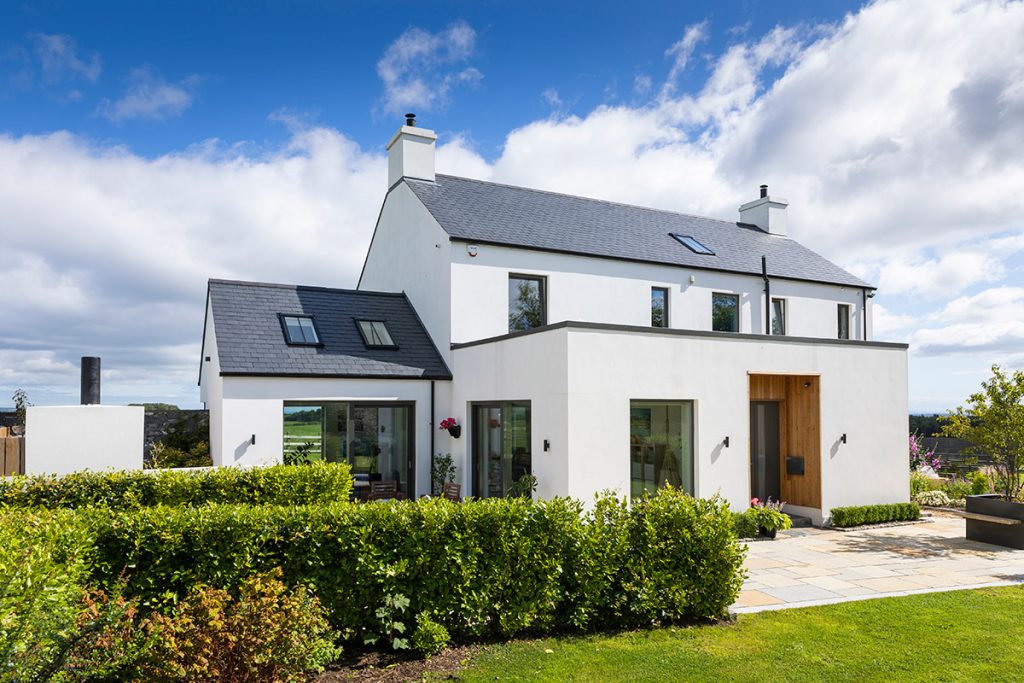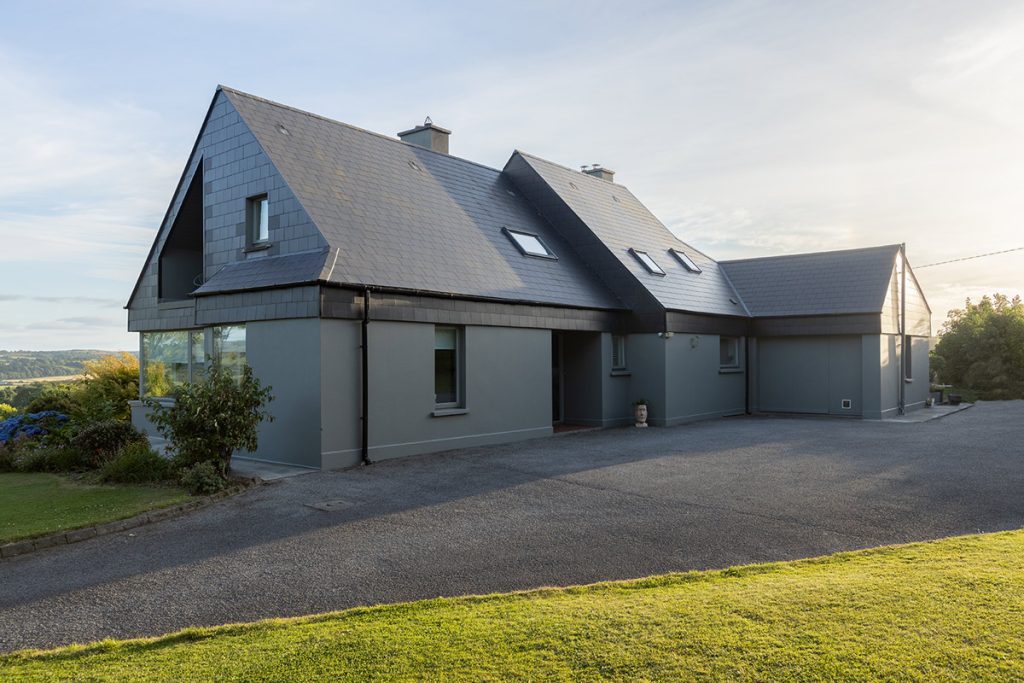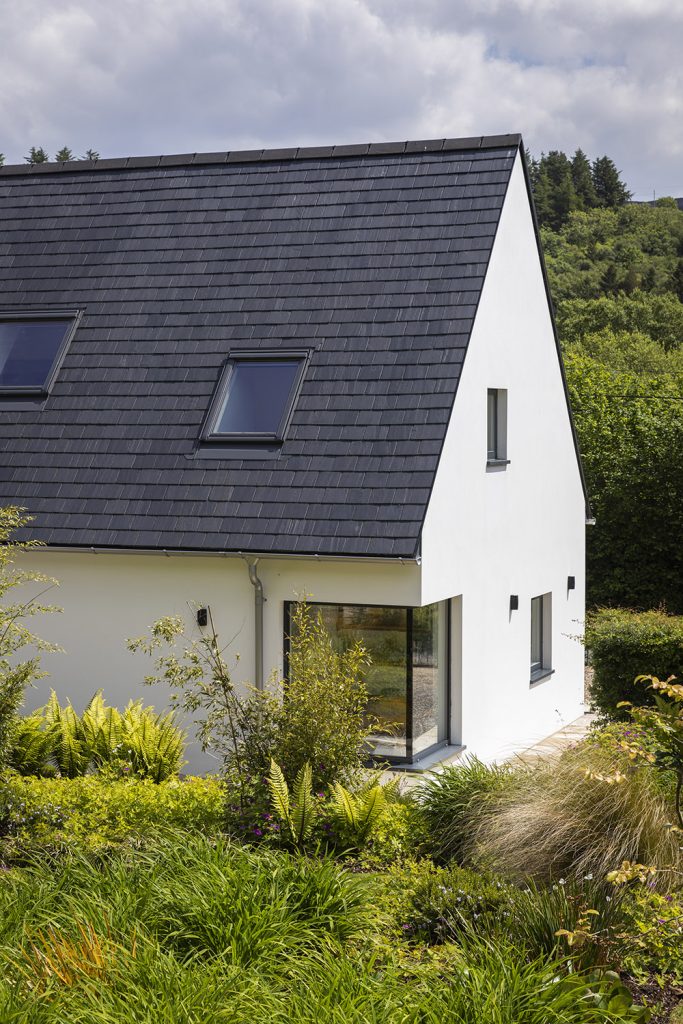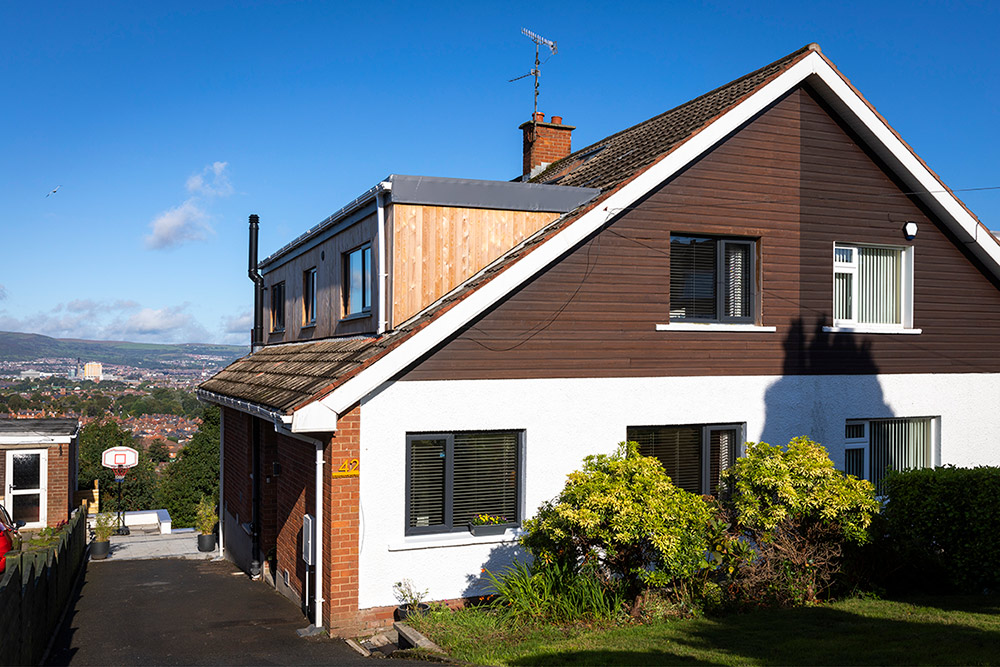Roofing is a critical aspect of any building, and it comes in various types and methods, each with its unique characteristics. In Ireland, the choice of roofing type is influenced by factors such as climate, aesthetics, and budget. In this comprehensive guide, we’ll delve into the world of roofing, exploring different types, methods, and considerations.
Popular Roof Designs in Ireland
The roofing landscape in Ireland offers a diverse range of designs to suit various architectural styles and functional needs. Here are some popular roof designs:
1. Gable Roof (Double Pitched or ‘A’ Frame)
The gable roof is a classic choice in Ireland, featuring a pitched design resembling an ‘A’ frame. Typically, it incorporates a timber structure and can be finished with engineered slate or concrete tiles. Its simplicity and effectiveness make it a favorite among homeowners.
2. Hip Roof
The hip roof boasts a pyramid shape with four sloping faces, providing excellent resistance to wind loads. While it offers structural advantages, it tends to be more complex and expensive to construct compared to gable roofs.
3. Gambrel Roof
Gambrel roofs introduce a unique twist to roof designs by combining two different pitches. They feature a steep pitch at the bottom and a lower one at the top, creating a distinctive, rounded appearance. Gambrel roofs are especially popular when the attic space is intended for use.

4. Mansard Roof
Similar to the gambrel roof, the mansard roof incorporates two distinct pitches on all four sides. It offers both visual appeal and functional space, making it a versatile choice.
5. Lean-To Roof (Monopitch Roof)
The lean-to roof, also known as the monopitch roof, is often used for building extensions or covering specific areas of a building with different roofing styles. Its simplicity and flexibility make it a practical option.
6. Butterfly Roof
The butterfly roof features an inverted ‘A’ design with a central valley that forms a unique gutter. While it offers an eye-catching appearance, it can pose challenges in terms of maintenance and attic space utilisation.
7. Dormer Windows
Dormer windows require their own mini roofs, and their design and construction should be carefully considered. The quality and insulation properties of dormer designs can vary, making it essential to choose the right option for your project.

Traditional Cut Roof vs. Trusses
Roof construction methods have evolved over the years, with two primary approaches: traditional cut roofs and roof trusses.
Traditional Cut Roof:
Traditionally, roofs were constructed on-site using timbers, with each piece carefully cut and positioned by carpenters. While this method offers flexibility and ease of alteration, it can be more labor-intensive and require thicker, stronger timbers, making it relatively expensive.
Roof Trusses:
Roof trusses, on the other hand, are pre-fabricated frames made up of rafters, ceiling joists, ties, and bracing. These trusses span the width of the house and use lighter-weight timber, held together by metal plates. While trusses are cost-effective and suitable for wider spans, they are less adaptable to modifications and may limit attic space utilisation.
Considerations for Roof Trusses:
- Trusses rely on diagonal members and supports, leaving limited attic space.
- Modifications to trusses can be costly, and they must be designed for conversions from the outset.
- Trusses are pre-fabricated off-site and delivered with engineering calculations, ensuring structural integrity.
- Proper installation and bracing are crucial for truss stability.
- Truss dimensions must be accurate to avoid costly changes.
Roofing Materials and Considerations
Choosing the right roofing material is a pivotal decision in the construction process. The material affects aesthetics, longevity, and cost. Here are some roofing materials commonly used in Ireland:
1. Tiles (Concrete or Clay)
Tiles come in various forms, including concrete and clay. While concrete tiles are cost-effective, clay tiles offer superior weather resistance and durability. Interlocking clay tiles have become increasingly popular for their affordability and color-fast properties.

2. Natural Slate
Natural slate is renowned for its durability, with a lifespan exceeding 100 years. Although it can be more expensive, its timeless appeal and longevity make it a worthy investment.
3. Composite or Engineered Slates
Composite or engineered slates provide a cost-effective alternative to natural slate. They are available in various finishes and colors, often backed by structural and color warranties.
4. Shingles
Shingles are a versatile roofing option, with asphalt and cedar varieties. Asphalt shingles are affordable and offer good protection against wind and rain. Cedar shingles are eco-friendly but require proper treatment and fireproofing.
5. Metal Roofing
Metal roofing, including zinc and lead, provides a modern finish for contemporary builds. Thatch roofing is another option, ideal for steep pitches and deep overhangs.
6. Green Roofs
Green roofs are designed with environmental considerations in mind. They require careful planning, as they add weight to the structure. Sedum and grass are common choices for green roof coverings.
Pre-Insulated Roofs
Structural insulated panels (SIPs) are gaining popularity in Ireland. These panels consist of rigid urethane insulation sandwiched between two structural skins of oriented strand board (OSB). SIPs offer energy efficiency, quick installation, and a weathertight shell, making them a promising option for modern construction.

Pitched Roofs and Flat Roofs
Roof pitches in Ireland typically range from 30 to 40 degrees, allowing for efficient rainwater runoff and attic space utilisation. Flat roofs have also gained popularity, especially for extensions. Proper design, materials, and insulation are crucial for flat roofs to prevent water ingress and dampness.
Choosing the right roofing type and method is a crucial decision in any construction project. Consider factors such as aesthetics, climate, budget, and structural requirements when making your choice. Whether you opt for a classic gable roof, a modern flat roof, or an eco-friendly green roof, your roofing selection plays a significant role in the overall functionality and appearance of your building.




